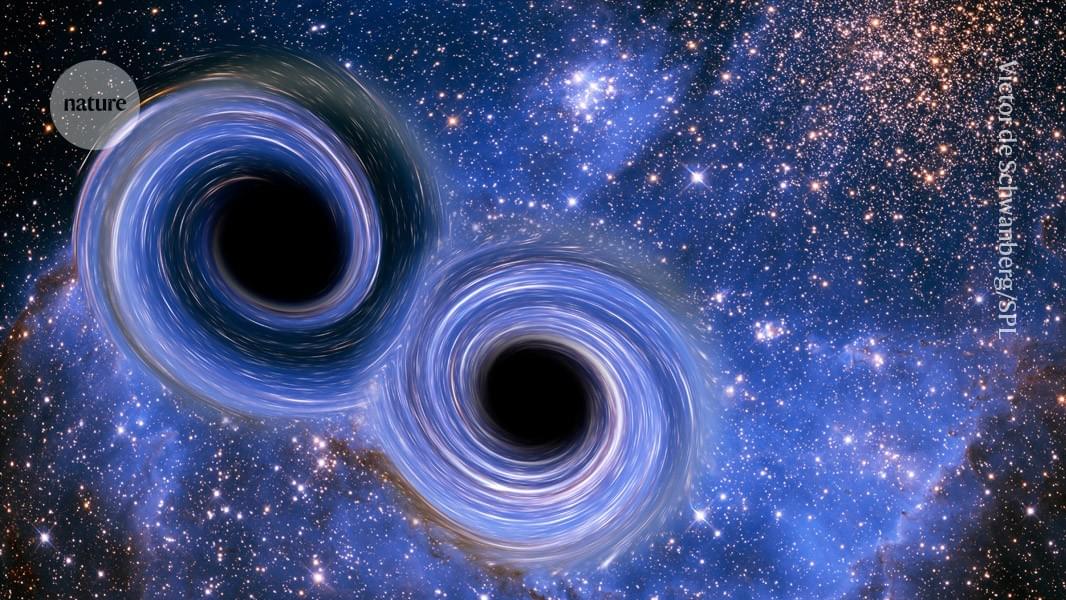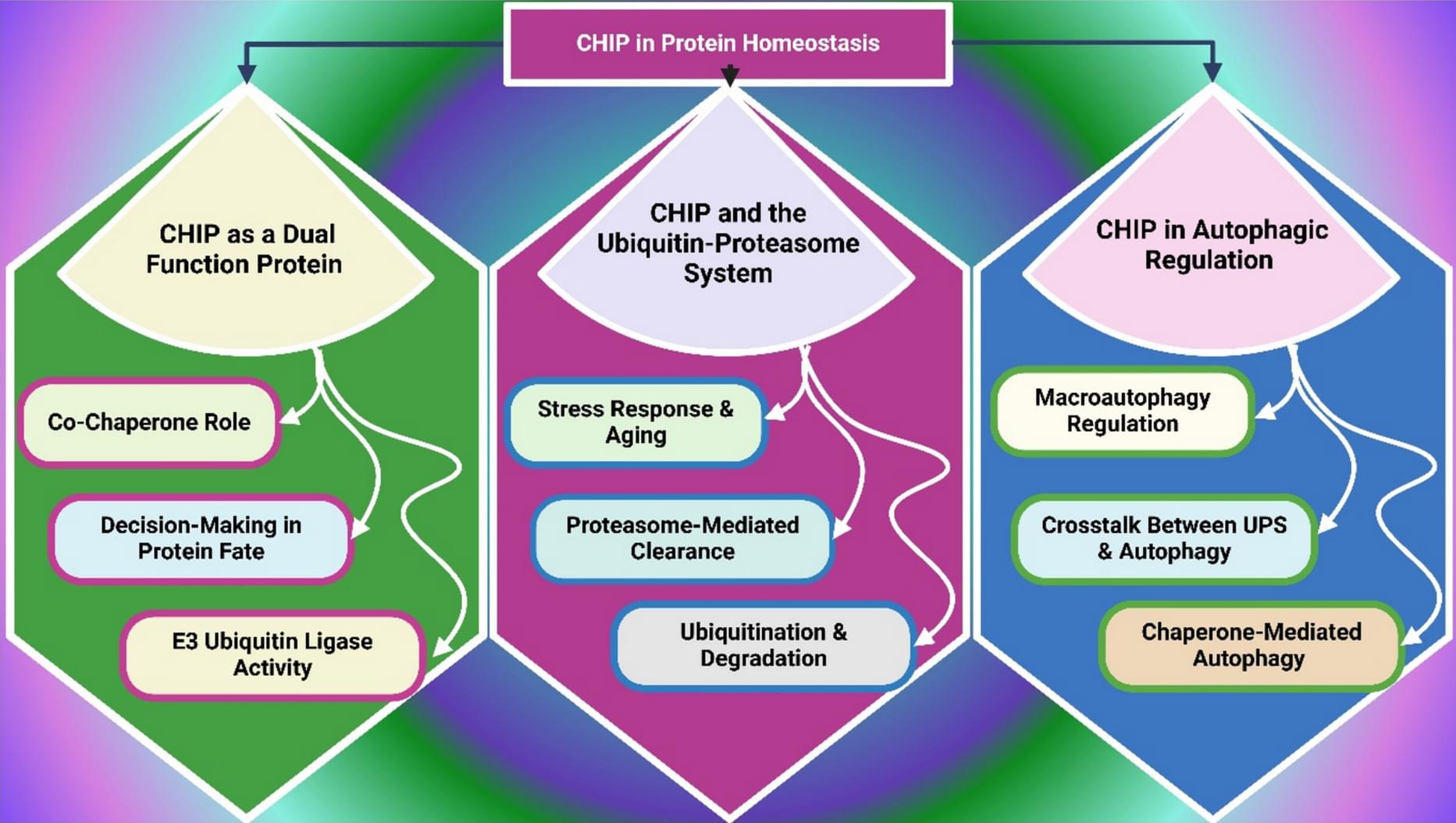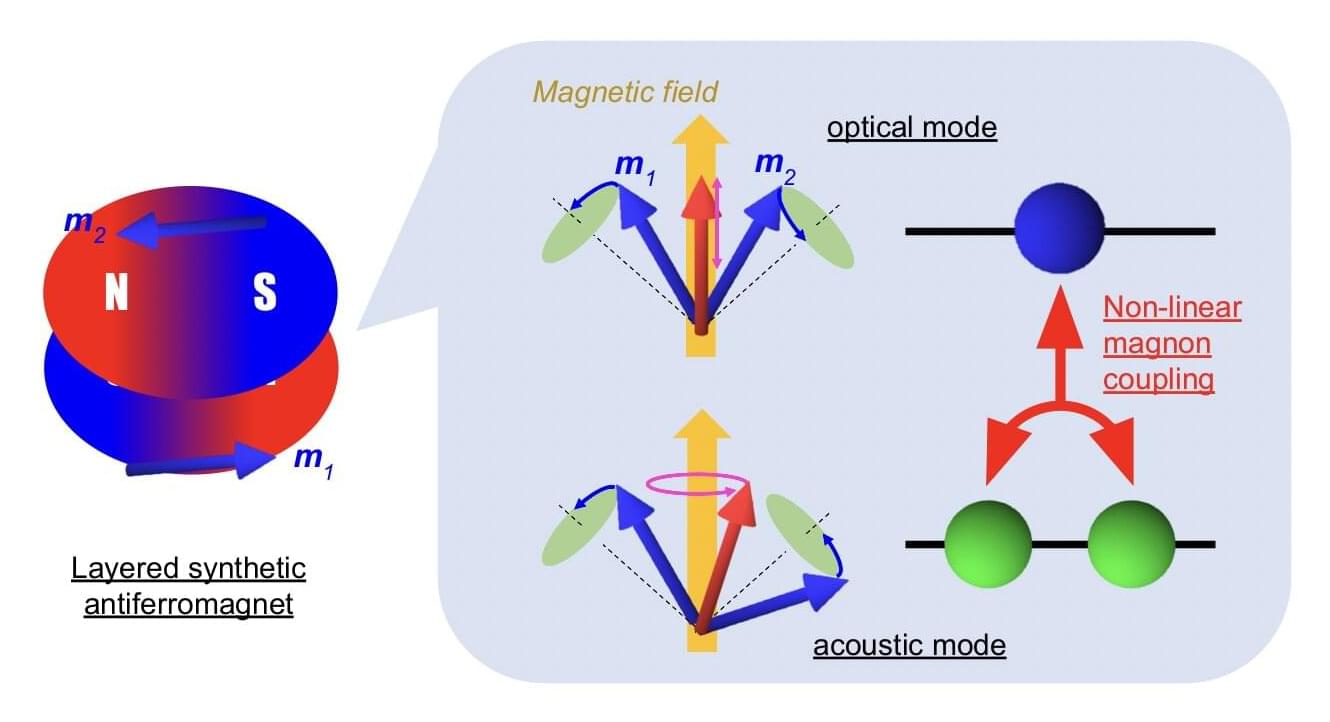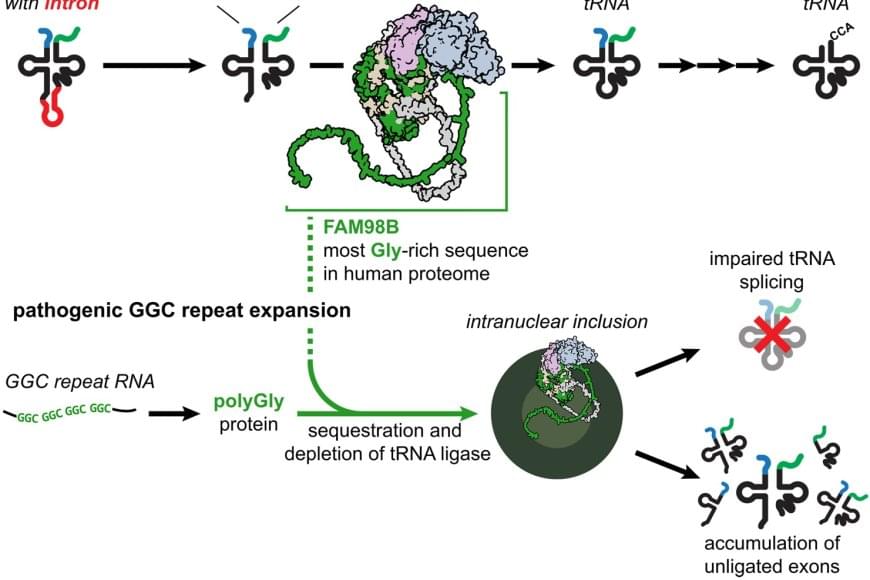A medieval remedy concocted from onion, garlic, wine and bile salts and detailed in a 1,000-year-old text could help in the fight against infections that resist treatment with antibiotics, UK researchers have said.



Physicists have detected the biggest ever merger of colliding black holes. The discovery has major implications for researchers’ understanding of how such bodies grow in the Universe.
“It’s super exciting,” says Priyamvada Natarajan, a theoretical astrophysicist at Yale University in New Haven, Connecticut, who was not involved in the research. The merger was between black holes with masses too big for physicists to easily explain. “We’re seeing these forbidden high-mass black holes,” she says.
The discovery was made by the Laser Interferometer Gravitational-Wave Observatory (LIGO), a facility involving two detectors in the United States. It comes at a time when US funding for gravitational-wave detection faces devastating cuts. The results, released as a preprint on the arXiv server1, were presented at the GR-Amaldi gravitational-waves meeting in Glasgow, UK, on 14 July.

Degradation of proteostasis, mitochondrial function, and cellular stress resistance results in a build-up of damaged proteins, oxidative insult, and chronic inflammation, characteristic of aging. CHIP is essential for maintaining protein quality control and cellular homeostasis by having dual E3 ubiquitin ligase and co-chaperone activities. CHIP facilitates proteostasis by maintaining proteostasis in misfolded, aggregated proteins by promoting their degradation. Mitochondrial dysfunction, oxidative imbalance, and cellular senescence are caused by its age-associated decline and contribute to neurodegenerative, cardiovascular, and oncogenic disease pathogenesis. Examples of recent pharmacological and gene-based strategies to correct CHIP and restore stress resilience have been made.

A new study from Aarhus University turns our understanding of how running injuries occur upside down. The research project, which is the largest of its kind ever conducted, shows that running-related overuse injuries do not develop gradually over time, as previously assumed, but rather suddenly—often during a single training session. The research is published in the British Journal of Sports Medicine.
“Our study marks a paradigm shift in understanding the causes of running-related overuse injuries. We previously believed that injuries develop gradually over time, but it turns out that many injuries occur because runners make training errors in a single training session,” explains Associate Professor Rasmus Ø. Nielsen from the Department of Public Health at Aarhus University, who is the lead author of the study.
The study followed 5,205 runners from 87 countries over 18 months and shows that injury risk increases exponentially when runners increase their distance in a single training session compared to their longest run in the past 30 days. The longer the run becomes, the higher the injury risk.

Tesla is poised to dominate the robotaxi market with its unique, vertically integrated approach and scalable technology, which is expected to disrupt the market, give it pricing power, and potentially drive competitors out ##
## Questions to inspire discussion.
Tesla’s Robotaxi Strategy.
🚗 Q: How is Tesla accelerating its robotaxi rollout? A: Tesla is expanding geography in Austin, offering safe and fully autonomous Waymo rides on Uber, and entering the Indian market, with Wall Street underestimating the potential of these incremental moves.
🏭 Q: What advantages does Tesla have in the robotaxi market? A: Tesla’s vertically integrated technology allows them to control their destiny and cost structure from silicon to cleaning head, giving them a significant edge over competitors relying on partnerships and procurement.
Market Impact and Competition.

Synthetic antiferromagnets are carefully engineered magnetic materials made up of alternating ferromagnetic layers with oppositely aligned magnetic moments, separated by a non-magnetic spacer. These materials can display interesting magnetization patterns, characterized by swift changes in the behavior of magnetic moments in response to external forces, such as radio frequency (RF) currents.
When the magnetization of each layer in synthetic antiferromagnets is disturbed by an external force, its magnetic moments start to “precess,” or in other words, to rotate around their equilibrium direction. Past studies have identified two primary collective spin oscillation modes in synthetic antiferromagnets, influencing how magnetic moments precess.
The first is the acoustic mode, characterized by the synchronized rotation of ferromagnetic layers in the same direction and phase. The second is the optical mode, in which ferromagnetic layers rotate in opposite directions (i.e., with one layer’s magnetization tipping up and the other down).

Neurodegenerative disorders, such as Alzheimer’s disease and Parkinson’s disease, are devastating and incurable diseases. Although many neurodegenerative diseases are characterized by abnormal protein aggregation in the brain, a limited understanding of whether and how aggregated proteins cause brain cell dysfunction and death represents a major barrier to developing effective treatments.
Inspired by similar approaches in cardiovascular disease and cancer, the researchers focused on rare genetic forms of neurodegeneration as a powerful way to uncover fundamental mechanisms tying protein aggregation to brain disease. Thier work unexpectedly linked protein aggregation in genetic forms of neurodegeneration to disrupted processing of transfer RNAs (tRNAs), revealing an important mechanism that might be therapeutically targeted in these disorders.
The authors were interested in genetic forms of neurodegeneration caused by GGC trinucleotide repeat expansions (DNA sequence mutations caused by copying this 3-letter sequence too many times in a row). These mutations produce aggregation-prone proteins with long stretches of a single repeated amino acid (glycine).
Join us on Patreon! https://www.patreon.com/MichaelLustgartenPhD
Discount Links/Affiliates:
Blood testing (where I get the majority of my labs): https://www.ultalabtests.com/partners/michaellustgarten.
At-Home Metabolomics: https://www.iollo.com?ref=michael-lustgarten.
Use Code: CONQUERAGING At Checkout.
Clearly Filtered Water Filter: https://get.aspr.app/SHoPY
Epigenetic, Telomere Testing: https://trudiagnostic.com/?irclickid=U-s3Ii2r7xyIU-LSYLyQdQ6…M0&irgwc=1
Use Code: CONQUERAGING
NAD+ Quantification: https://www.jinfiniti.com/intracellular-nad-test/